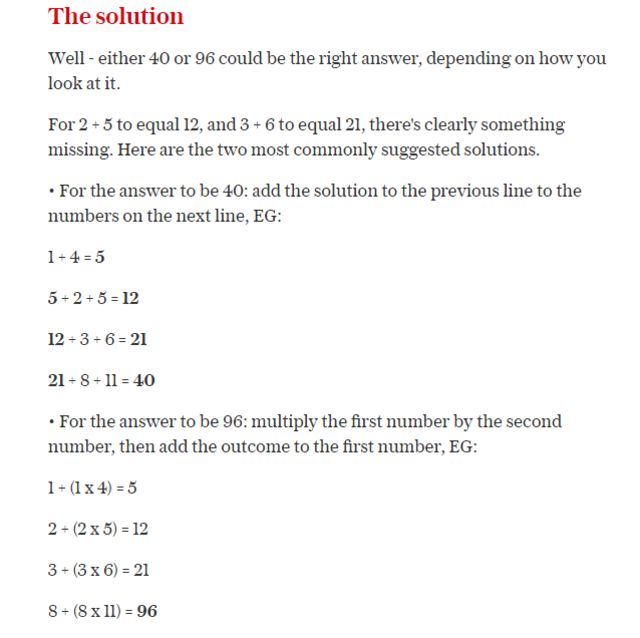The realm of mathematics is suffused with enigmas and formidable challenges, yet few calculations command as much reverence and intrigue as those which can be deemed the hardest calculator calculations in existence. To navigate through the labyrinth of mathematical complexity, one must first deconstruct what constitutes a “hard” calculation. Is it the mere length of the computation, the abstractness of the concepts involved, or perhaps the philosophical implications of the results? To address these inquiries, we embark upon an exploration into the very essence of these mathematical conundrums.
First and foremost, let us contextualize the term “calculator calculation.” When we consider calculations executed on traditional calculators, we invariably limit ourselves to basic arithmetic operations: addition, subtraction, multiplication, and division. However, the modern calculator extends its capabilities to encompass a variety of complex functions — from trigonometric calculations to advanced statistical analyses. In this context, the hard calculations may stem not only from sheer arithmetic difficulty but also from the necessity of abstract reasoning and conceptual insight.
Among the pantheon of difficult calculations, one might assert that computations involving large prime numbers, particularly within the realm of cryptography, represent some of the hardest. These integers, seemingly random in their distribution, conceal foundational truths that govern much of modern computer security, including the RSA encryption algorithm. The process of identifying prime numbers becomes exponentially more complex as the numbers increase in magnitude. Calculating the product of two such enormous primes, while systematically guarding against potential vulnerabilities, can stretch even the most sophisticated calculators to their limits.
Moreover, combinatorial calculations, particularly concerning the evaluation of factorial expressions, directly contribute to this narrative of difficulty. The factorial of a number n, denoted n!, is the product of all positive integers less than or equal to n. As n escalates, the resultant factorial reaches incomprehensibly large dimensions. For example, the calculation of 100! results in an astronomical number containing 158 digits! The utilization of high-level calculators to compute such values is often underpinned by advanced algorithms like Stirling’s approximation, revealing the intricate relationship between computational efficiency and mathematical theory.
Transitioning from pure numerical challenges, we must also consider calculations steeped in deeper mathematical constructs, such as the evaluation of integrals and differential equations. The difficulty in solving these equations lies not merely in the execution but in deciphering their implications. For example, the Abel integral equation and its numerous solutions present an enthralling puzzle for mathematicians. Finding exact solutions may require a synthesis of ingenuity, creativity, and a deep understanding of mathematical frameworks. Solutions to such equations can yield insights into physical phenomena and engineering problems, underscoring the intricate tapestry of connections within mathematical calculations.
Furthermore, the famous “halting problem,” presented by Alan Turing in the 1930s, epitomizes a calculation that can be viewed as insurmountable. Turing articulated that there is no definitive algorithm that can determine whether a given computer program will halt or run indefinitely. The philosophical ramifications of this assertion ripple outwards, posing significant questions about the limits of computation itself. While not a calculation in the traditional sense, the implications of the halting problem elevate it to an echelon of complexity that reshapes our understanding of mathematical computability.
An analogous terrain is traversed in chaos theory, where the sensitive dependence on initial conditions suggests that even minuscule changes can yield vast variations in outcomes. Calculating trajectories within chaotic systems often demands exhaustive resources, given that the calculations may require infinite precision along with a nuanced understanding of dynamic systems. Herein lies another avenue of the hardest calculator calculations, as practitioners grapple with understanding how to model and predict behaviors that are fundamentally unpredictable.
The exploration of the most intricate calculative challenges would be remiss without an acknowledgment of the conjectures that pervade mathematical inquiry, which remain unresolved despite rigorous scrutiny. The Riemann Hypothesis, perhaps the most famous of these, posits a remarkable truth about the distribution of prime numbers along the complex plane. Despite exhaustive research and substantial intellectual investment, its proof remains elusively out of reach. As mathematicians toy with methodologies—both computational and theoretical— the pursuit of this conjecture epitomizes what could be considered the hardest calculation, as it intertwines both foundational principles and the edges of human understanding.
In conclusion, the question of what constitutes the hardest calculator calculation in the world does not lend itself to a singular answer. It encapsulates arduous numerical computations, complex theoretical constructs, and unresolved conjectures steeped in historical significance. Each ventured proposition unfurls a magnificent vista of challenges, beckoning the mathematically inclined to delve further into the abyss of numerical intricacies. Mathematics is not just a discipline; it is an ongoing exploration of understanding, where each calculation paves the way for new questions and insights. The allure lies in the promise of new perspectives revealed through arduous toil — an endless journey where curiosity and intellect are paramount. The hardest calculations are not merely hurdles but profound explorations of the universe’s underlying order and mystery, endlessly inviting inquiry and engagement.










